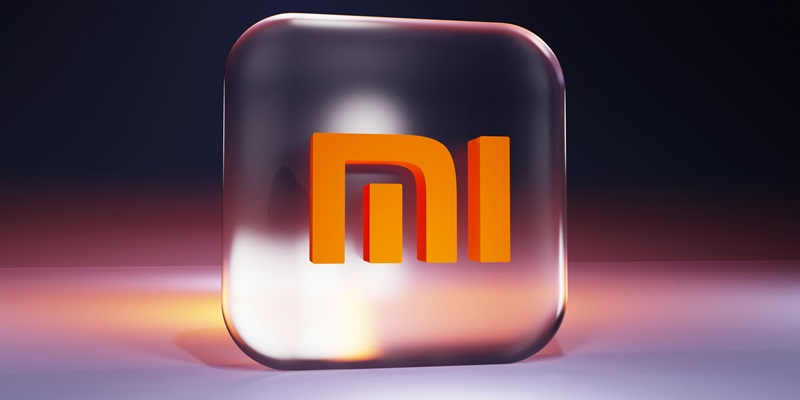Xiaomi is taking significant strides in smartphone battery development, aiming to introduce batteries with capacities as high as 7,500 mAh, substantially improving battery life for a variety of devices. This initiative represents a concerted effort to address one of the most persistent pain points for users: the limited duration of battery life in modern smartphones, tablets, and notebooks. By focusing on increasing battery capacity instead of solely optimizing energy consumption, Xiaomi is setting a new benchmark in the tech industry.
Xiaomi’s new battery development is particularly noteworthy given the current advancements in energy-efficient chips and adaptive refresh rate displays, which already contribute to prolonged battery life. These technologies work by reducing power consumption, yet they still do not entirely eliminate the need for a more substantial battery. Additionally, significant progress has been made in the realm of fast charging, with some devices now offering ultra-fast charging capabilities up to 200 watts. This fast interim charging can help mitigate the shortcomings of lower battery capacities, but Xiaomi’s new focus offers an alternative solution by increasing the battery size itself.
Focus on Increasing Battery Capacities
Unconfirmed sources from the well-regarded Digital Chat Station on Weibo reveal that Xiaomi is concentrating its efforts on six new batteries with stepped capacities and corresponding charging capabilities. Unlike current trends that aim to break fast-charging records, Xiaomi’s strategy focuses on increasing the fundamental battery capacities to provide long-lasting device uptime. Specifically, the largest of these new batteries will boast a 7,500 mAh capacity and will support a 100-watt charging rate. This significant battery capacity marks a substantial leap from the current standard, typically varying between 4,000 and 5,000 mAh.
Alongside the 7,500 mAh battery, Xiaomi is also working on a 7,000 mAh variant capable of 120-watt charging, demonstrating a proportional relationship between battery size and charging speed. This innovative focus stands as an essential evolution in Xiaomi’s product lineup, which already includes various other devices like the Xiaomi Smart Band 9, POCO F7, and the Redmi Note 13 Pro 5G. Each of these products showcases the company’s commitment to advancing technological innovations. Moreover, Xiaomi’s newly developed batteries of 5,000, 5,500, 6,000, and 6,500 mAh capacities will also feature enhanced charging capabilities, reflecting a broader market trend towards optimizing the balance between battery size and charging speed. For instance, the 7,500 mAh battery is engineered to achieve a total charging time of approximately 63 minutes, a remarkable feat considering the substantial increase in capacity.
Implications and Industry Trends
However, there are prevailing concerns regarding whether batteries exceeding 6,000 mAh will fit into conventional smartphone designs without compromising their sleekness and overall aesthetics. The primary challenge here is to incorporate these larger batteries without significantly altering the device’s form factor, which remains a crucial aspect of consumer preference.
This development has broader implications within the industry, as it aligns with a collective shift towards balancing battery capacity and fast charging technology, ultimately aiming to enhance user experience. As a result, Xiaomi’s new battery initiative will likely influence a broader industry trend, encouraging other manufacturers to revisit their approaches to battery development and charging solutions. This strategy underscores the importance of balancing charging speed and battery size in maximizing smartphone performance and user satisfaction.
While fast charging technology has undoubtedly seen remarkable progress, offering ever-higher wattage for rapid battery replenishment, the fundamental battery capacity remains a crucial determinant of device longevity. Xiaomi’s focus on substantially increasing battery capacities reflects an understanding that user experience is not solely defined by how quickly a battery can be charged but also by how long it can last on a full charge.
Conclusion
Xiaomi is making significant progress in smartphone battery innovation, aiming to develop batteries with capacities up to 7,500 mAh. This development is set to substantially enhance battery life for various devices, addressing a persistent issue for users: the limited battery duration in modern smartphones, tablets, and laptops. By focusing on increasing battery size rather than solely optimizing energy consumption, Xiaomi is establishing a new industry benchmark.
This move is particularly notable given ongoing advancements in energy-efficient chips and adaptive refresh rate displays, which already help extend battery life by reducing power usage. While these technologies assist in power management, they haven’t eradicated the need for larger batteries. Additionally, there have been impressive strides in fast charging, with some devices now supporting ultra-fast charging speeds up to 200 watts. Though fast charging mitigates the drawbacks of smaller batteries, Xiaomi’s approach of boosting battery size offers a compelling alternative that directly addresses battery life concerns.

